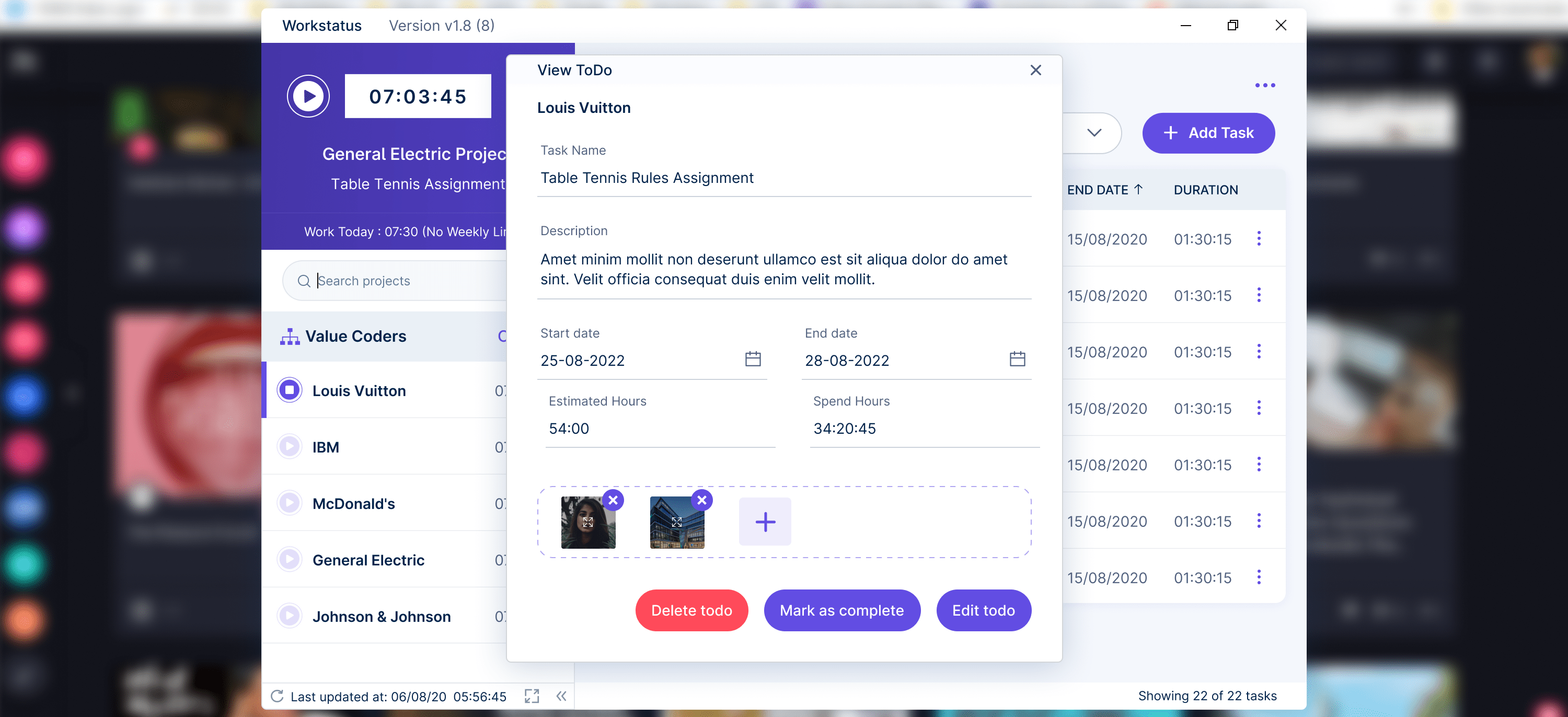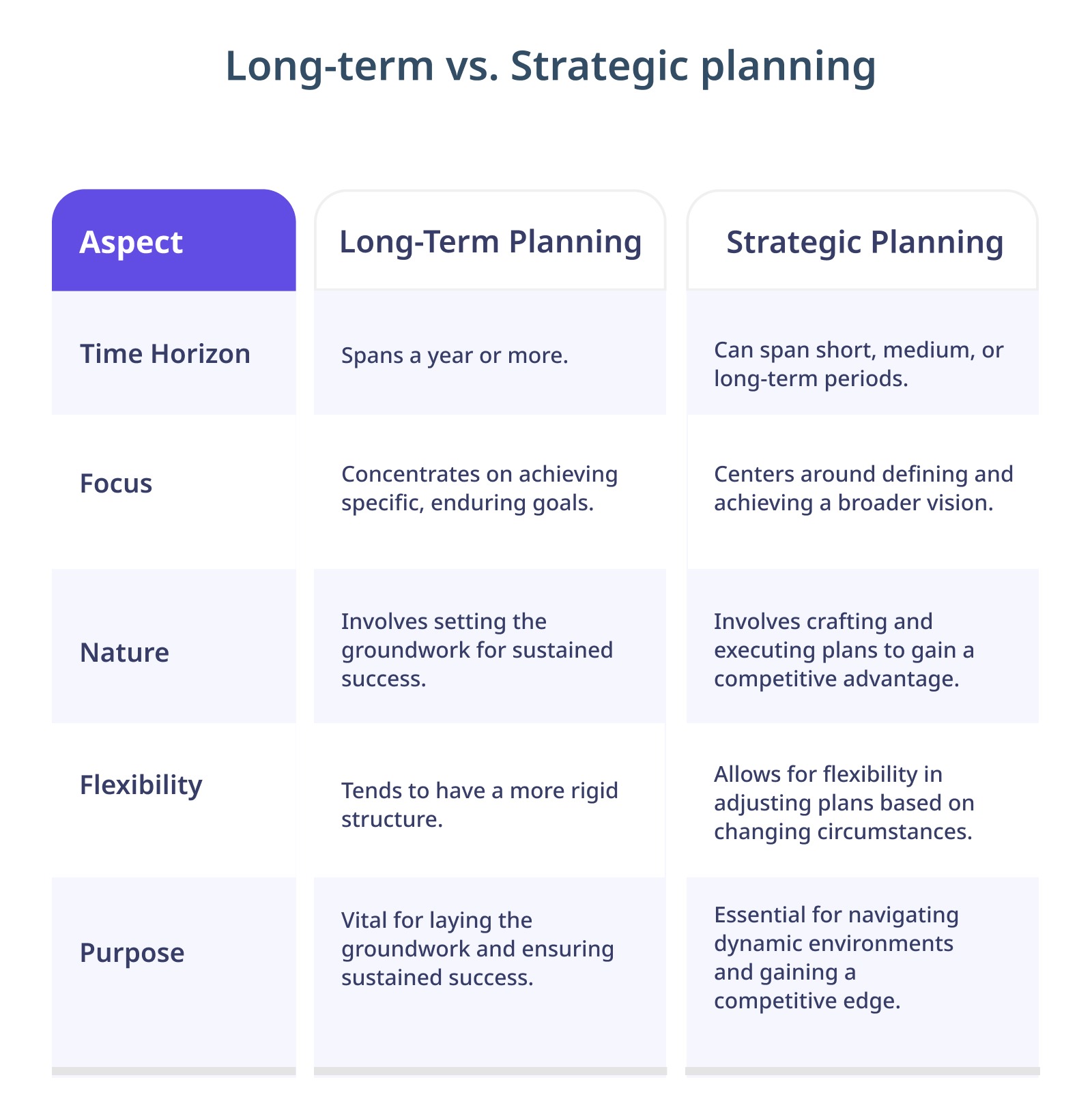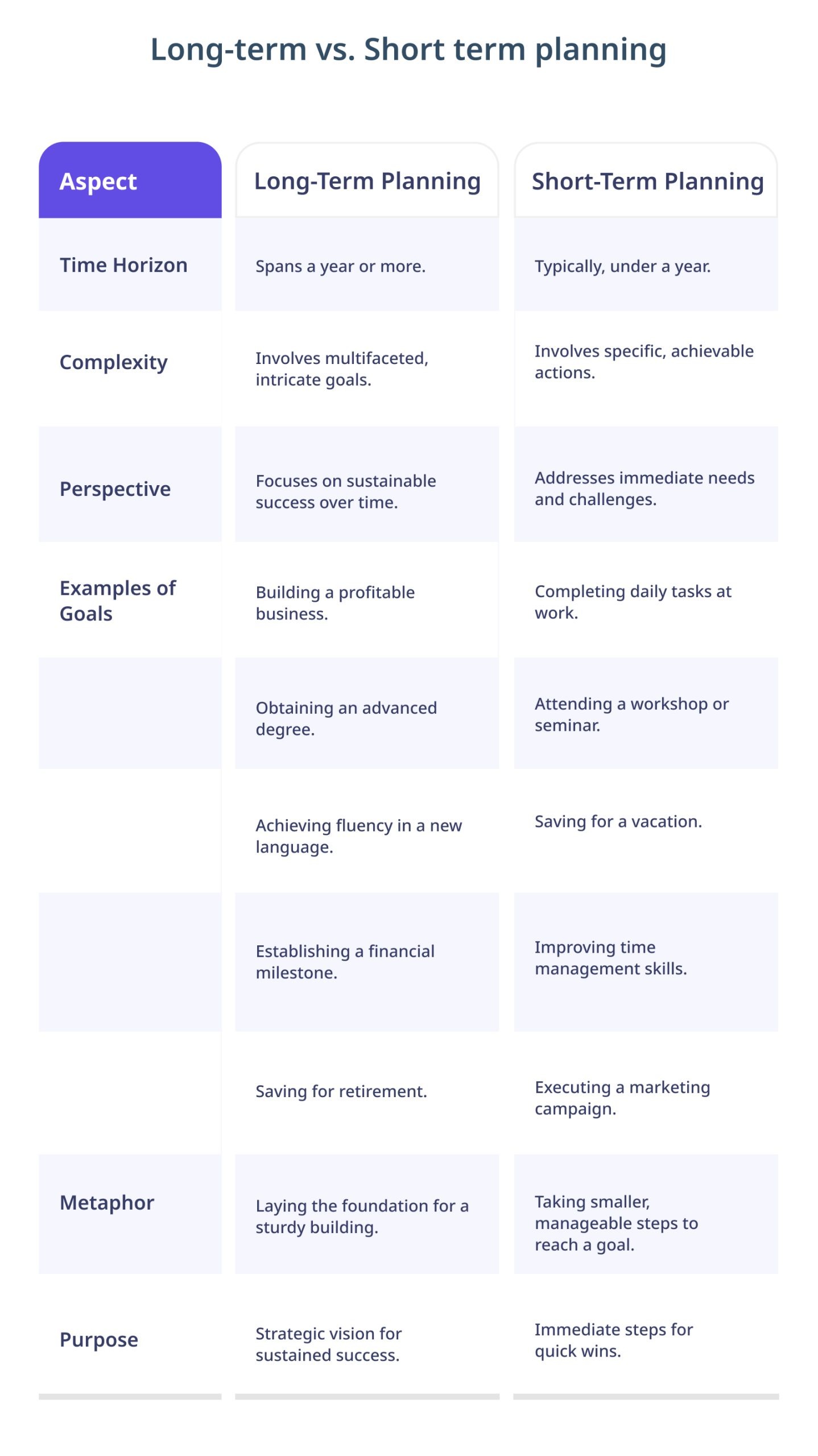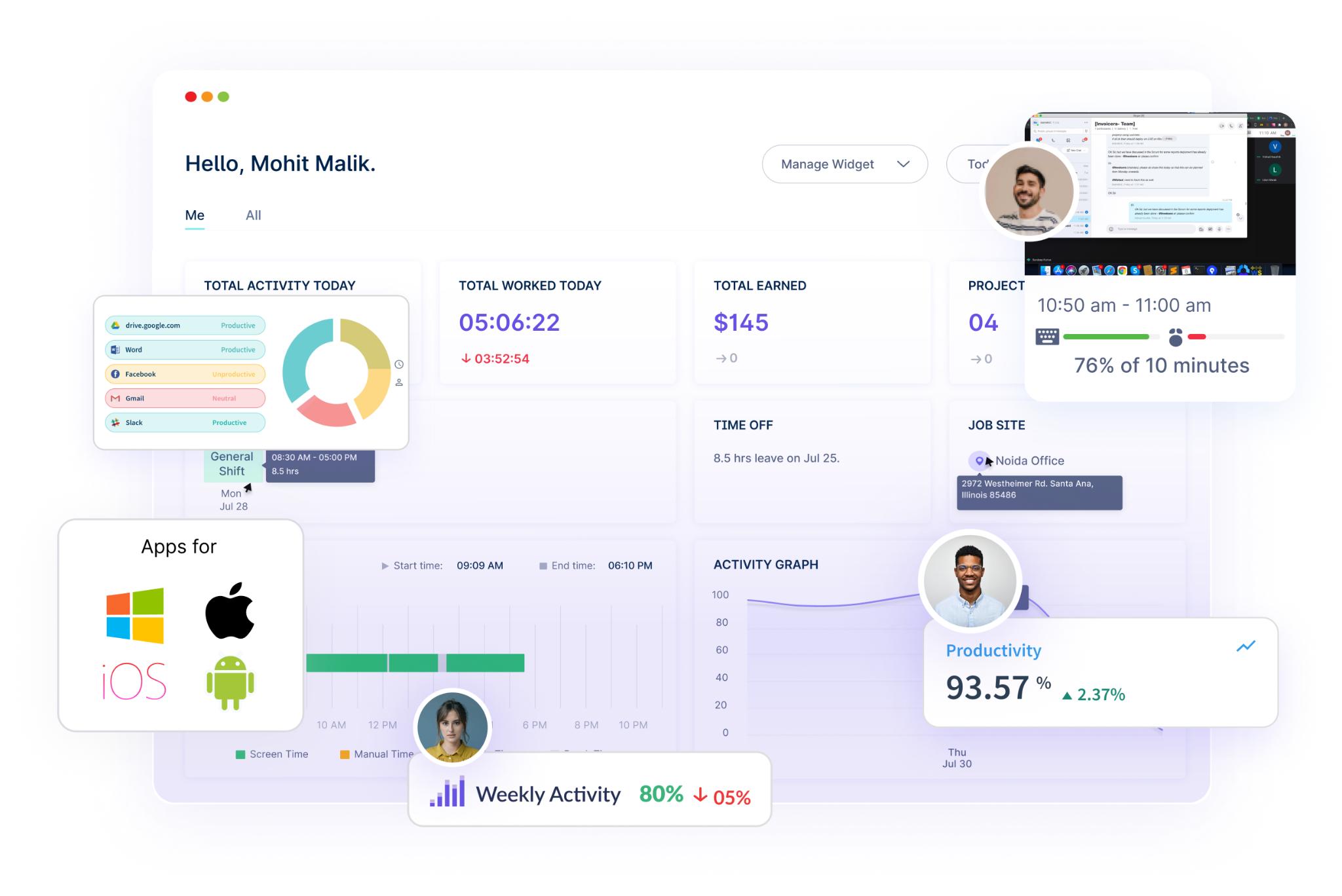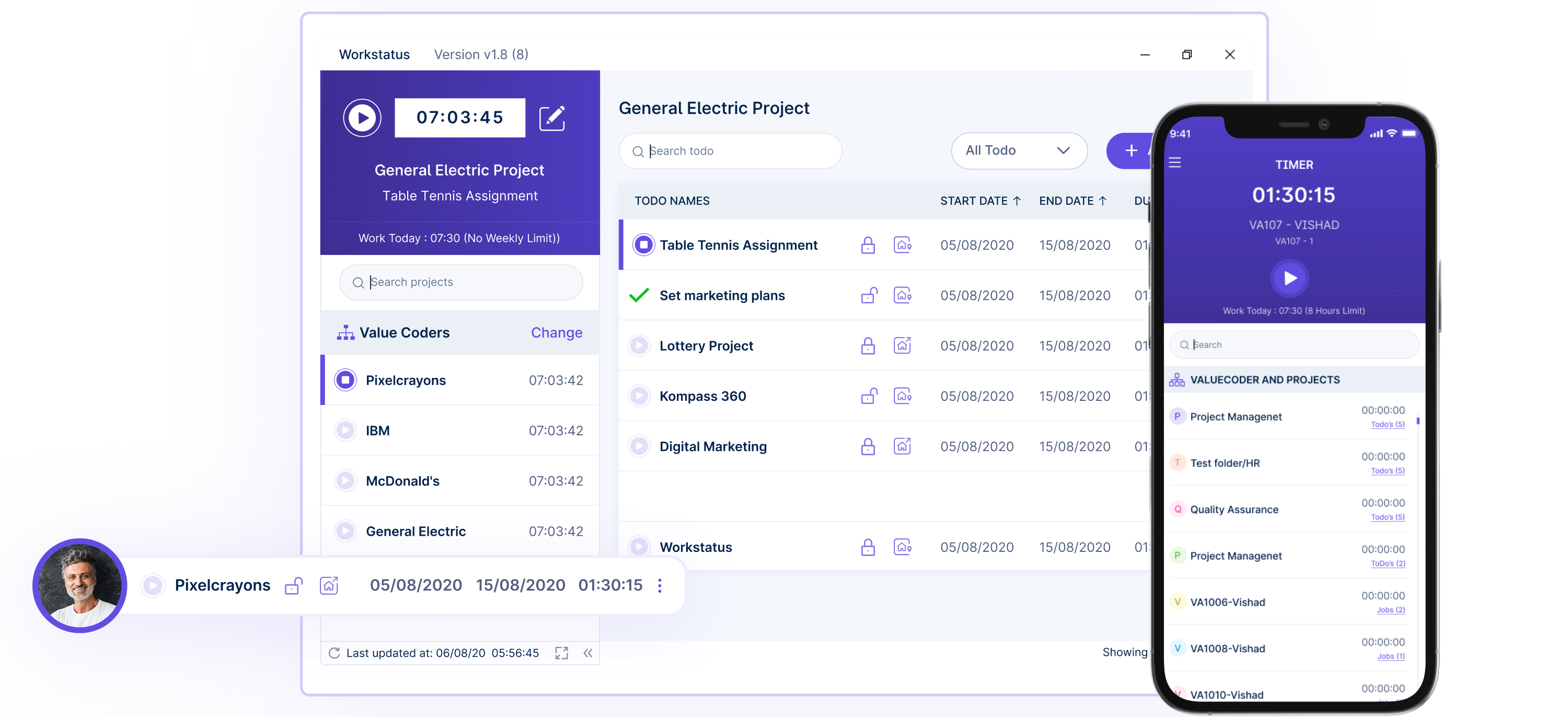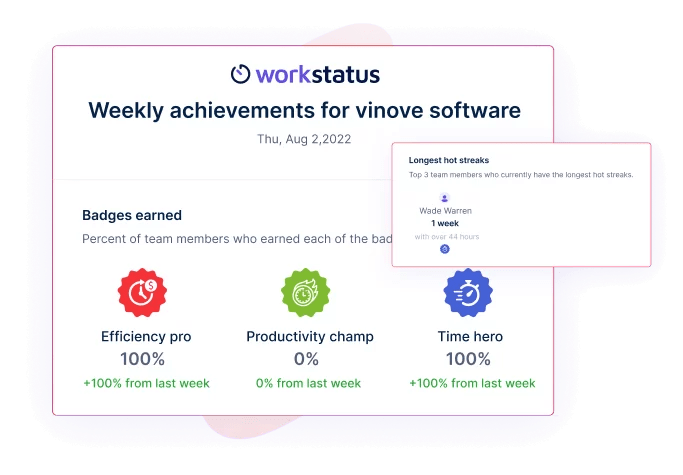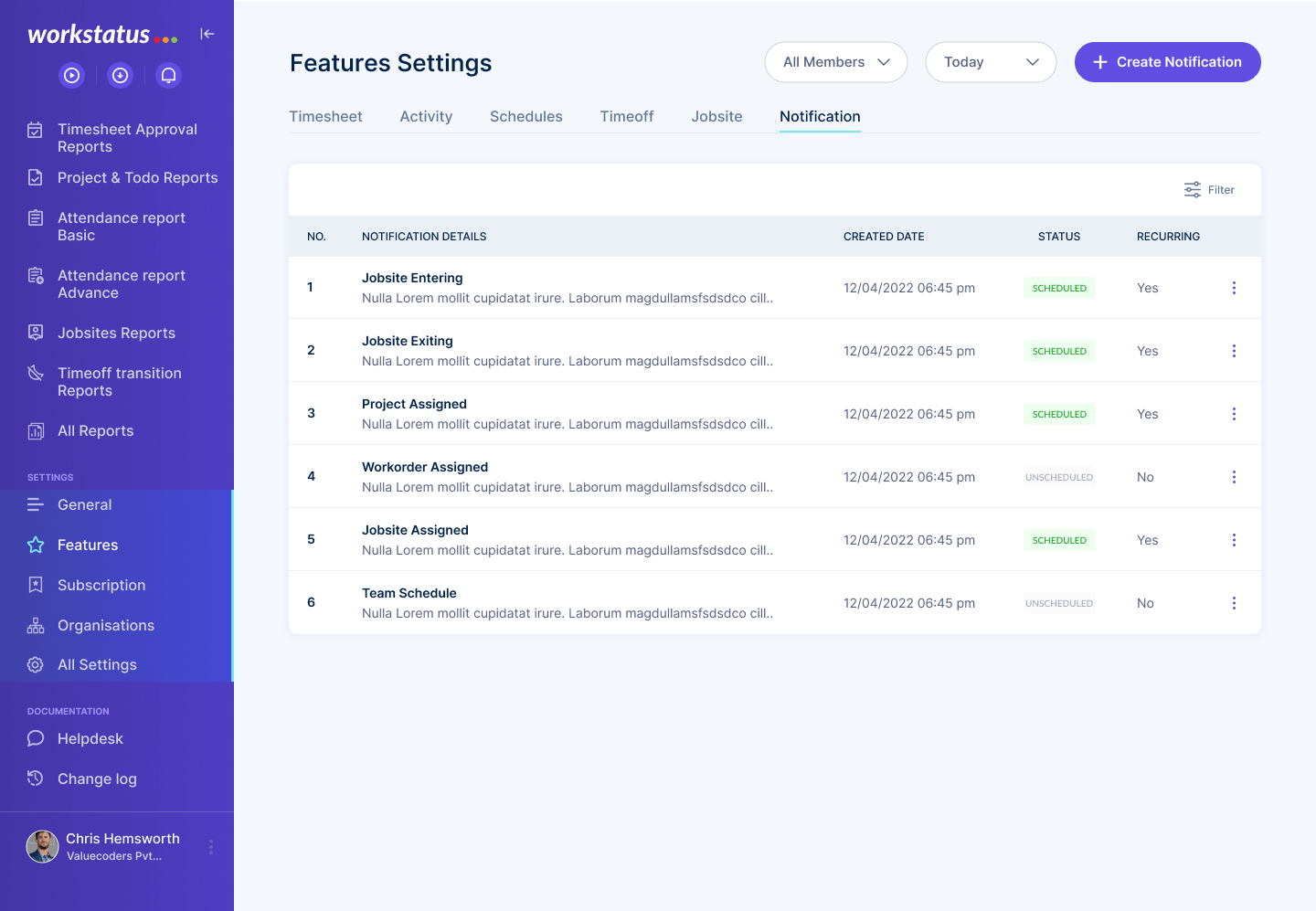Table of Contents
Introduction
Balancing short-term planning with a long-term vision is crucial in personal and professional spheres, as it sets the foundation for sustainable success.
According to a survey, 70% of professionals struggle to balance immediate demands with long-term goals, significantly impacting productivity and satisfaction.
Understanding the importance of setting achievable short-term objectives while keeping the broader vision in focus is key to navigating the complexities of modern life.
This blog post aims to provide practical insights and strategies for managing these dual priorities, ensuring a harmonious and fulfilling journey towards enduring success.
Let’s dive in.
Understanding short-term planning
Short-term planning should have goals that generally span 12 months or less, including daily, weekly, monthly, and quarterly goals that are vital milestones toward achieving overarching objectives.
This form of planning necessitates a keen focus on the current landscape, swiftly addressing any potential hurdles that might impede progress.
Regardless of whether they demand immediate attention or a more extended resolution period, ranging from days to several months, contingent on the intricacy of the challenges.
Here are some concrete examples of short-term goals, categorized under five key facets:
- Career
- Education
- Personal development
- Finances
- Marketing
Career goals: Examples include “Applying for a job” or “Establishing a website for your business.”
Academic goals: These might involve “Enrolling in an additional marketing course” or “Successfully passing the AP Statistics exam.”
Personal development goals: Examples consist of “Cultivating a habit of going to bed before midnight,” “Logging and analyzing your time for a month,” or “Becoming a member of a local gym.”
Financial goals: These could entail “Paying off existing debts” or “Securing a salary raise before the year-end.”
Marketing goals: Such goals might revolve around “Enhancing brand awareness” or “Increasing website traffic.”
Understanding medium-term planning
But wait, there’s more: enter medium-term planning.
This strategic approach involves implementing lasting remedies for short-term predicaments and establishing protocols and frameworks to prevent recurrence.
For instance, if a crucial piece of equipment malfunctions, a short-term fix might entail repairing it promptly.
In contrast, a medium-term solution would involve investing in a comprehensive service contract to ensure sustained operational efficiency.
Similarly, in human resources, a medium-term plan might include investing in comprehensive employee training programs fostering continuous skill development instead of sporadic workshops that serve as short-term solutions.
Understanding long-term planning
Long-term planning involves setting goals that take longer and require multiple steps.
These goals typically span a year or more and focus on finding permanent solutions to challenges, aiming for sustained success over an extended period.
Before diving into a specific strategy for setting and achieving long-term goals, let’s look at a few examples:
Career goals: Examples include “Establishing a profitable business” or “Turning your passion into professionalism.”
Academic goals: Academic goals: These might involve “Earning a Bachelor’s degree” or “Pursuing a Master’s degree abroad.” Whether you’re considering advancing your career or pursuing a master’s degree program to deepen your knowledge in a specific field, setting clear academic goals can provide direction and motivation for your educational journey. Taking the time to identify your aspirations and outlining the necessary steps to achieve them can help you make informed decisions about your future academic pursuits.
Personal development goals: Examples include “Learning a foreign language” or “Traveling to all seven continents.”
Financial goals: These could entail “Saving for retirement” or “Working towards becoming a millionaire.”
Key differences between long-term and short-term planning
Planning is like setting a roadmap for your goals, but the duration of your journey matters.
Long-term and short-term planning serve different purposes, each with unique characteristics and considerations.
Long-Term Planning: Building Foundations for Tomorrow
Long-term planning involves envisioning goals that take a more extended period, usually a year or more, to accomplish.
It is like laying the foundation for a sturdy building – it requires patience, persistence, and a strategic mindset.
Here’s what sets long-term planning apart:
- Time Horizon: Spans a year or more
- Complexity: Involves multifaceted, intricate goals
- Perspective: Focuses on sustainable success over time
Examples of Long-Term Goals:
- Building a profitable business.
- Obtaining an advanced degree.
- Achieving fluency in a new language.
- Saving for retirement.
- Establishing a substantial financial milestone, like becoming a millionaire.
Short-Term Planning: Immediate Steps for Quick Wins
On the other hand, short-term planning deals with goals achievable in a shorter timeframe, often within a day to a year. It’s like taking smaller, manageable steps to reach your destination faster. Here’s a quick snapshot:
- Time Horizon: Typically under a year
- Nature: Involves specific, achievable actions
- Purpose: Addresses immediate needs and challenges
Examples of Short-Term Goals:
- Completing daily tasks at work.
- Attending a workshop or seminar.
- Saving for a vacation.
- Improving time management skills.
- Executing a marketing campaign.
Balancing Act: Finding Harmony Between Both
While long-term planning lays the groundwork, short-term planning provides the stepping stones.
It’s like building a bridge – each short-term goal forms a plank, contributing to the stability and success of the longer journey.
Achieving a balance between these planning horizons ensures a resilient and sustainable approach to your aspirations.
Comparison Table: Long-term vs. Short term planning
Here’s a summary of the key differences between short-term planning and long-term planning :
The difference between long-term and strategic planning
Planning is like setting a course for success, but there are distinct differences in focus and scope regarding long-term and strategic planning.
Long-Term Planning: Navigating Time Horizons
Long-term planning involves envisioning and executing goals that extend over an extended period, usually a year or more.
It’s like charting a journey on a map, considering the landscape and challenges you might encounter along the way.
Here’s what characterizes long-term planning:
- Time Horizon: Spans a year or more
- Focus: Concentrates on achieving specific, enduring objectives
- Nature: Involves setting the groundwork for sustained success
Strategic Planning: Orchestrating Success Strategies
Strategic planning, on the other hand, is about formulating and implementing strategies to achieve a broader vision.
It’s akin to planning a battle where every move is calculated for the campaign’s overall success.
Here are the defining features of strategic planning:
- Time Horizon: Can span short, medium, or long-term periods
- Focus: Centers around defining and achieving a broader vision
- Nature: Involves crafting and executing plans to gain a competitive advantage
Key Differences Summarized:
1. Time Perspective: Long-term planning has a fixed, extended time horizon, while strategic planning can adapt to various timeframes.
2. Scope: Long-term planning primarily focuses on achieving specific, enduring goals, while strategic planning encompasses a broader vision and may include multiple goals.
3. Flexibility: Strategic planning allows for flexibility in adjusting plans based on changing circumstances, whereas long-term planning tends to have a more rigid structure.
4. Application: Long-term planning is vital for laying the groundwork and ensuring sustained success, while strategic planning is essential for navigating dynamic environments and gaining a competitive edge.
In essence, while long-term planning sets the stage for a secure future, strategic planning is the dynamic playbook that adapts to the ever-changing game of success.
A harmonious integration of both ensures a robust and adaptable approach to achieving your aspirations.
Comparison Table: Long-term vs. Strategic planning
Here’s a summary of the key differences between long-term and strategic planning
Setting Long-Term Goals in 5 Simple Steps
Choosing the right long-term goals is like laying the groundwork for all your other plans. It’s a big deal because everything else depends on it.
It might feel tough, especially when thinking about things far in the future, like 10 years from now.
That’s why we created a simple guide to help you step by step.
1. Define your vision
Your vision is your North Star. It’s not just about setting a goal; it’s about imagining the future you want.
Take time to paint a clear picture of what success looks like for you.
This vision will guide your long-term goals and keep you motivated.
2. Set SMART goals
SMART goals are your roadmap to success. Make them Specific, so you know exactly what you’re aiming for.
Ensure they are Measurable, so you can track progress.
Make them Achievable, setting realistic targets. Ensure they are Relevant to your overall vision.
Lastly, make them Time-bound, with clear deadlines.
This SMART approach makes your long-term goals practical and attainable.
3. Break your goals into smaller ones
Big goals can be overwhelming. Break them into bite-sized pieces, like chapters in a book.
This way, you can focus on one step at a time, making the journey more manageable.
It’s like solving a puzzle – piece by piece, you see the bigger picture emerge.
4. Prioritize your tasks
Not all tasks are equal. Some are crucial for reaching your goals sooner.
Prioritizing is like deciding which domino to knock down first – it sets off a chain reaction.
Identify tasks that have the most significant impact on your goals and tackle them first.
It’s an effective strategy for efficient goal pursuit.
5. Keep checking your list
A list is your compass. Regularly review your goals and tasks to stay on course.
It’s like checking a roadmap during a road trip. Are you heading in the right direction? Do adjustments need to be made?
Consistent checks keep you focused, adaptable, and ensure you’re always moving toward your vision.
Is Achieving Goals A Headache?
Smart Goal Setting And Tracking With Workstatus
Tracking, Managing, & Achieving Goals with Workstatus
Setting and accomplishing goals is a crucial aspect of personal and professional growth.
Workstatus provides a user-friendly platform to streamline the process, making tracking, managing, and ultimately achieving your objectives easier.
1. Smart Tracking
- Workstatus simplifies goal tracking by offering a clear, visual representation of your progress
- The platform allows you to monitor tasks and milestones in real-time, ensuring you stay on top of your objectives
- Track your time spent on specific tasks, providing valuable insights into productivity and areas for improvement
2. Goal Management
- Workstatus enables efficient goal management by allowing you to break down larger objectives into manageable tasks
- Utilize the task management feature to create a detailed roadmap for achieving your goals, ensuring every step is accounted for
- Collaborate with team members, assigning tasks, setting deadlines, and fostering a collaborative environment for goal attainment
3. Personalized Achievement Strategies
- Tailor your approach to goal achievement with customizable features on Workstatus
- Set notifications and reminders to stay on track and meet deadlines
- Analyze historical data and performance metrics to refine and optimize your goal-setting strategies over time
4. Achievement Badges
- Workstatus adds a layer of personalized recognition to your journey
- Earn badges as you reach milestones, providing a tangible and visually appealing acknowledgment of your accomplishments
- These badges serve as a powerful motivator, inspiring continuous effort and a sense of pride in your achievements
5. Broadcast Notifications
- Collaborate seamlessly with team members, sharing progress updates and fostering a culture of mutual support
- Utilize the shared workspace features to enhance communication, ensuring everyone is aligned toward the common goal
In conclusion, Workstatus is a comprehensive tool that empowers individuals and teams to track, manage, and achieve their goals efficiently.
With its intuitive features and collaborative capabilities, Workstatus becomes a valuable ally in the journey towards personal and professional success.
Overcoming Challenges in Balancing Goals
Achieving our goals is like walking a tightrope—challenging but doable.
Sometimes, life throws curveballs, making it tricky to keep everything in check.
Here’s how to simplify the journey:
1. Prioritize Wisely: Focus on what truly matters. Identify your top goals and channel your efforts towards them.
2. Stay Flexible: Be ready to adapt. Life is unpredictable, so stay open to adjusting your goals when needed.
3. Celebrate Small Wins: Acknowledge and celebrate every achievement, no matter how small. It keeps you motivated.
4. Learn from Setbacks: Expect hiccups. Learn from setbacks, adjust your strategy, and keep moving forward.
Remember, the journey is as important as the destination.
With a clear mindset and adaptive approach, you’ll conquer the challenges on your path to achieving your goals.
Closing Thoughts
Planning comes in different shapes: short-term, long-term, and medium-term. Short-term planning is like fixing things right now, usually within a year.
Long-term planning takes more time and involves complex strategies for the future.
Medium-term planning is about using long-term solutions for short-term problems, finding ways to make things better.
Even though they have their differences, all types of planning need you to think ahead, set goals wisely, and find solutions to problems.
It’s like preparing for different parts of a journey, whether it’s a quick trip or a long adventure.




